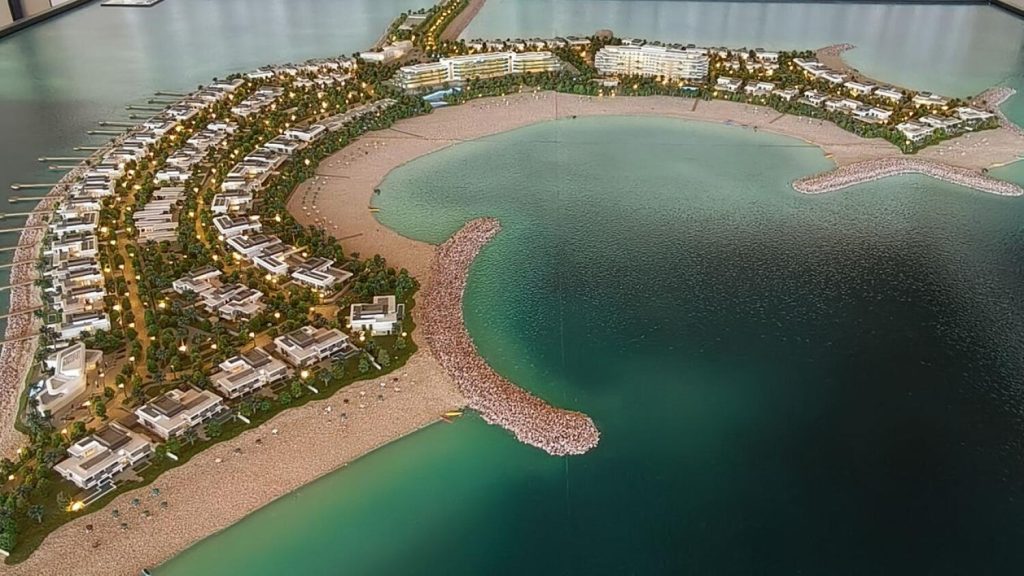The UAE’s residential wellness real estate market is poised for significant growth, projected to increase from $137 million (Dh503 million) in 2024 to nearly $8.4 billion (Dh31 billion) by 2027. The residential wellness real estate segment is expected to grow nearly sevenfold in the next four years, catering not only to the ultra-wealthy but also to middle-income families seeking healthier lifestyle options.

According to Khaleej Times , Rosa Piro, senior business development director and head of research at Arada, said that the rise of wellness-focused residential projects is already visible in Dubai, with supply anticipated to exceed 16,000 units by 2030. Major UAE developers, including Emaar, Aldar, Damac, Danube Properties, Nakheel, Sobha, Meraas, Azizi, and Samana Development, are placing a strong emphasis on incorporating wellness elements into their projects. Piro believes that wellness real estate is on the brink of becoming the next booming property asset class in the UAE.
Piro stated, “Wellness real estate is not just a trend; it’s a necessary evolution of how we think about where and how we live.” She highlighted that as society increasingly prioritizes health and well-being, wellness real estate will play a crucial role in creating healthier and happier communities. Developers, investors, and consumers should take notice of this emerging trend, as it represents the future of real estate.
Globally, wellness-related spending surpasses $3.7 trillion and continues to rise. Piro noted that consumers are investing more in their health and well-being through areas such as fitness, organic foods, and mental health services, prompting real estate developers to respond accordingly. The pandemic has also altered living and working patterns, as many urban dwellers have sought out less congested and polluted environments, leading to a greater demand for homes that prioritize wellness features such as natural light, green spaces, and improved air quality.
Developers are now focusing on sustainable practices by using locally sourced materials, creating community gardens, and even edible landscapes. Piro pointed out that these innovations ensure that wellness homes are not only functional but also enhance the quality of life for their residents. The designs and amenities in this growing sub-sector prioritize health and well-being, aiming to create environments that support the six fundamental dimensions of wellness: social, physical, occupational, emotional, spiritual, and intellectual.

Leave a Reply